Maven dependency:analyze complains about the dependencies in my project. How does it determine which are unused and which are undeclared? What should I do about them?
Example:
$ mvn dependency:analyze
...
[WARNING] Used undeclared dependencies found:
[WARNING] org.slf4j:slf4j-api:jar:1.5.0:provided
[WARNING] commons-logging:commons-logging:jar:1.1.1:compile
[WARNING] commons-dbutils:commons-dbutils:jar:1.1-osgi:provided
[WARNING] org.codehaus.jackson:jackson-core-asl:jar:1.6.1:compile
...
[WARNING] Unused declared dependencies found:
[WARNING] commons-cli:commons-cli:jar:1.0:compile
[WARNING] org.mortbay.jetty:servlet-api:jar:2.5-20081211:test
[WARNING] org.apache.httpcomponents:httpclient:jar:4.0-alpha4:compile
[WARNING] commons-collections:commons-collections:jar:3.2:provided
[WARNING] javax.mail:mail:jar:1.4:provided
Note: A lot of these dependencies are used in my runtime container and I declared them as provided to avoid having the same library on the classpath twice with different versions.

